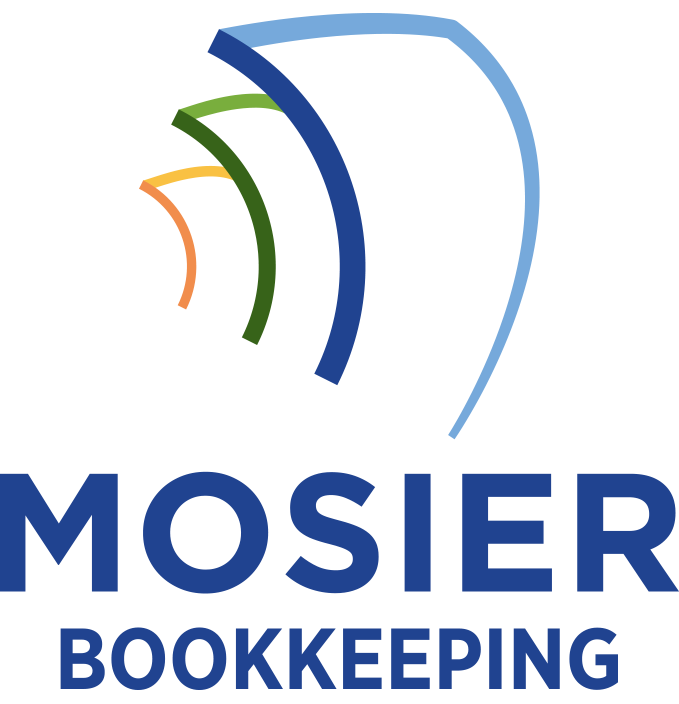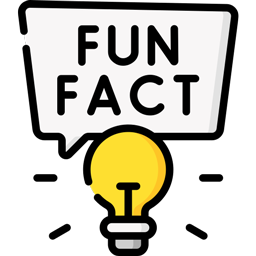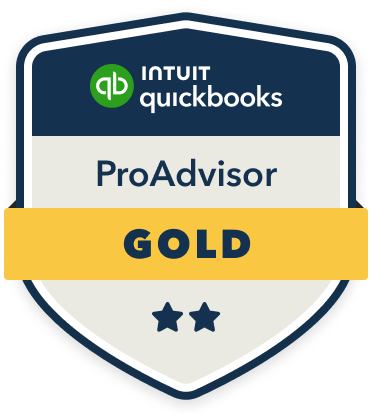A purchase ledger is your essential financial tracking system for managing all company purchases, supplier payments, and accounts payable. I’ll help you understand how it records supplier details, invoice numbers, transaction dates, and payment terms while monitoring unpaid bills and payment histories. You’ll need to set up standardized coding systems, implement validation rules, and establish approval workflows to use it effectively. Mastering these fundamentals will reveal powerful insights for strategic decision-making and supplier relationship management.
Understanding the Basics of a Purchase Ledger
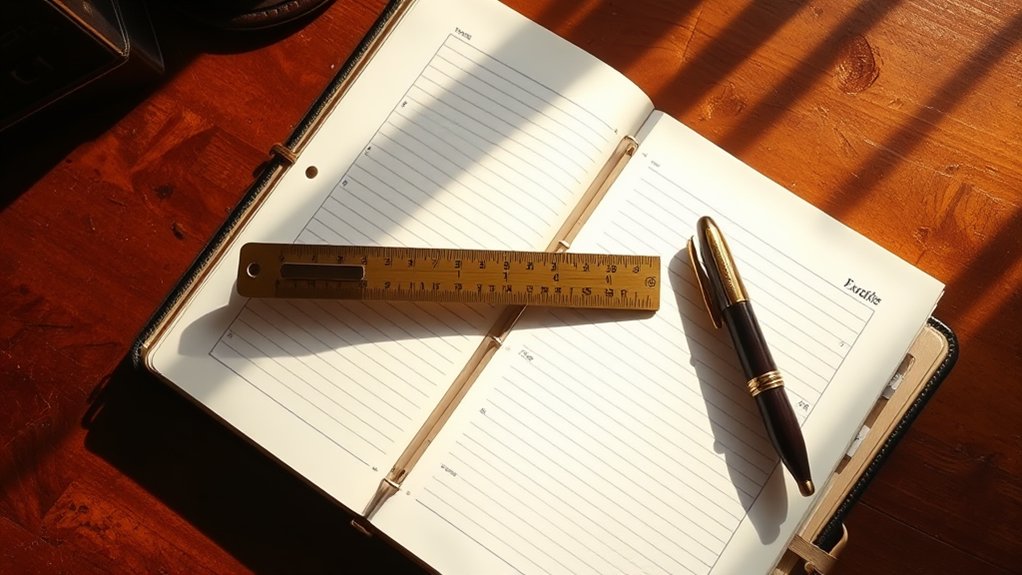
What exactly is a purchase ledger and why is it crucial for business accounting? I’ll explain this fundamental financial tool that tracks all company purchases and supplier-related transactions. A purchase ledger, also known as an accounts payable ledger, records every transaction where my business owes money to vendors.
I maintain this detailed record of unpaid bills, credit terms, and payment histories to establish precise control over my company’s cash flow. By monitoring purchase patterns and supplier relationships, I’m equipped to make strategic spending decisions, negotiate better terms, and maintain strong vendor relationships. This systematic approach guarantees I command complete visibility over my business expenditures.
Key Components and Structure
The fundamental structure of a purchase ledger consists of several interconnected components that work together to create an efficient tracking system. I’ll show you the essential elements: supplier details, invoice numbers, transaction dates, purchase amounts, payment terms, and running balances. Each transaction entry must include credit and debit columns, allowing you to maintain precise control over your payables.
You’ll need to organize these components hierarchically, with supplier accounts as primary divisions and individual transactions as sub-entries. I recommend including reference numbers for easy cross-checking with your general ledger and maintaining detailed payment histories for each vendor.
Setting Up Your Purchase Ledger System

Starting a purchase ledger system requires careful planning and structured implementation to guarantee accurate financial tracking. I’ll show you how to establish a robust system that puts you in control of your accounts payable operations.
- Configure your chart of accounts with distinct supplier categories and expense classifications
- Implement standardized coding systems for suppliers, invoices, and payment terms
- Set up automated validation rules to prevent duplicate entries and reconciliation errors
- Establish approval workflows and authorization levels for different transaction thresholds
These foundational steps create a purchase ledger that gives you complete visibility and control over your payables, streamlining your financial operations while maintaining compliance with accounting standards.
Best Practices for Managing Supplier Entries
Managing supplier entries effectively demands rigorous attention to detail and standardized procedures across your organization. I recommend implementing a three-tiered verification system for all supplier data: initial entry validation, periodic reconciliation, and annual audit review.
For each supplier, I maintain separate reference codes, payment terms, and credit limits. I’ve found that documenting every transaction with supporting evidence and tracking payment histories helps identify trends and potential issues before they escalate.
I guarantee all entries align with our chart of accounts and regularly cross-reference them against bank statements. This disciplined approach minimizes errors and strengthens supplier relationships.
Benefits and Impact on Business Operations

Numerous benefits emerge from implementing a well-structured purchase ledger system within business operations. I’ve found that proper management of supplier transactions directly impacts financial control and strategic decision-making.
- Instant visibility into cash flow positions and outstanding payments
- Enhanced negotiating power with suppliers through accurate payment history tracking
- Streamlined audit processes with organized transaction records
- Rapid identification of spending patterns and cost-saving opportunities
When I leverage these advantages effectively, I gain precise control over accounts payable, strengthen supplier relationships, and drive operational efficiency. This systematic approach guarantees I maintain a competitive edge while optimizing working capital management.
